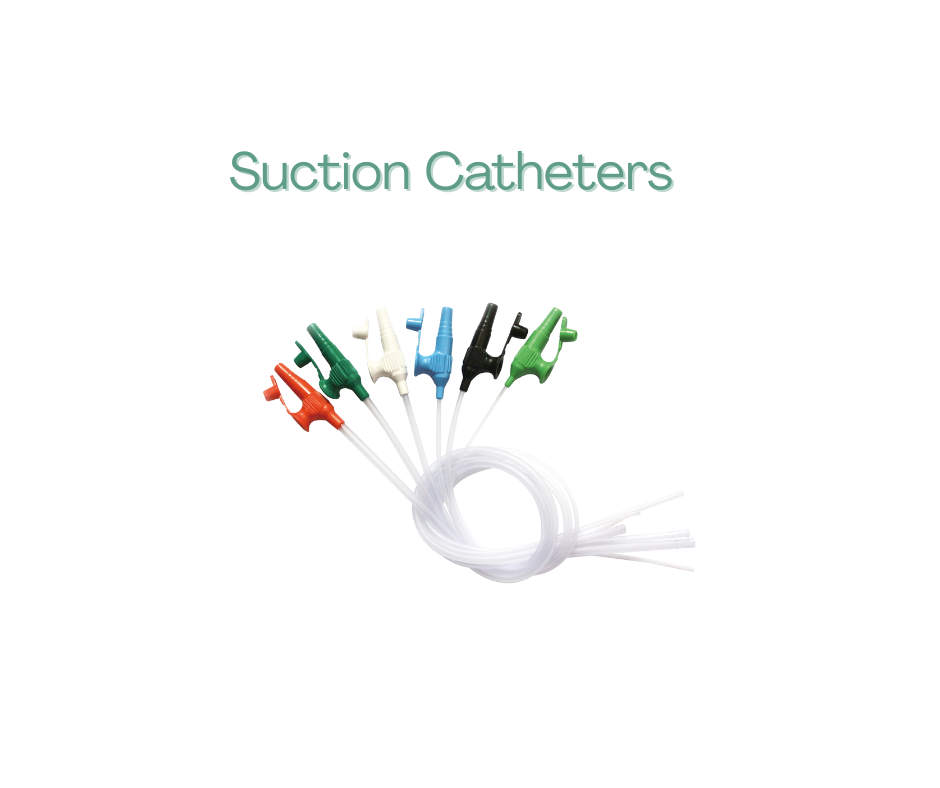TEl: +86-13148388090
Fax:+86-571-88616515
Innovations in Suction Catheter Design: Enhancing Patient Safety and Comfort
Author: admin / 2025-06-03Suction catheters are indispensable tools in airway management, yet they are often perceived as simple, low-tech consumables. However, innovations in design and materials are transforming these humble devices into safer, more effective tools—especially as clinical expectations and patient comfort standards continue to rise.

Clinical Risks Behind Traditional Suctioning
While routine, suctioning carries clinical risks if not properly designed or applied. Common complications include:
- Mucosal injury due to rough or rigid catheter tips
- Infections stemming from repeated open-system exposures
- Patient discomfort, coughing, or even laryngospasm due to excessive mechanical irritation
These risks become more pronounced in ICU, pediatric, and long-term care environments, where repeated suctioning is necessary.
Key Design Improvements for Safer, More Comfortable Suctioning
Recent innovations in suction catheter design aim to minimize trauma and maximize efficiency. Let's explore the key improvements gaining traction in the global healthcare market:
1. Soft, Flexible Tips to Minimize Trauma
Traditional catheters with hard or sharp-edged tips risk causing micro-tears in mucosal linings. The latest designs favor rounded, soft-tipped, or bent-tip catheters, which reduce contact pressure and adapt better to the upper airway's anatomical curve.
This is especially useful for:
- Neonatal and pediatric use
- Patients with tracheostomies or sensitive mucosa
- Reducing coughing reflex during suction
2. Slanted or Bullet Tips for Precision Suction
Catheters now increasingly use slanted (angled) eyes or closed bullet tips, which:
- Reduce the chance of direct tissue contact
- Improve directional suction performance
- Prevent adherence to the tracheal wall, lowering the risk of blockage or injury
This is an important advancement for ensuring consistent suction in critical settings like the OR and ICU.
3. Transparent Tubing for Better Visibility
By using clear, medical-grade PVC or TPU tubing, clinicians can visually monitor the type, color, and volume of secretions in real time. This assists in rapid diagnosis and assessment of pulmonary status, especially during emergency situations.
Some versions even incorporate color-coded markings for length indication and insertion depth control.
4. Low-Friction Materials and Hydrophilic Coatings
Material science is playing a growing role in patient comfort. Suction catheters can now be coated with hydrophilic or silicone-based lubricants, which reduce insertion friction significantly.
This results in:
- Easier catheter advancement
- Less irritation and resistance
- Smoother suction cycles for patients who require frequent suctioning
5. Transition to Closed Suction Systems
One of the most significant changes is the shift from open to closed suction systems, particularly in intensive care units. These systems:
- Allow suctioning without disconnecting the ventilator
- Maintain PEEP and oxygenation levels
- Reduce cross-contamination and exposure to airborne pathogens
- Improve efficiency in high-risk environments, including during pandemics
Closed systems are becoming the standard of care in many countries and are especially vital for patients on long-term mechanical ventilation.
OEM Customization Trends: It's All About the End User
As more manufacturers serve global OEM clients, customization has become a competitive edge. Hospitals and brands are now requesting suction catheters with:
- Connector compatibility across ventilator systems
- Patient-specific labeling or barcoding
- Color-coded options to avoid mix-ups in multi-patient settings
- Eco-friendly materials that meet sustainable procurement standards
Some advanced versions also include integrated thumb control valves, anti-kink reinforcement, or double packaging for better sterility assurance.
Final Thoughts
Innovations in suction catheter design may not make headlines—but they make a meaningful difference at the bedside. Whether it's improving patient comfort or enhancing infection control, thoughtful engineering in small devices can have a major impact.
If you are an OEM brand, distributor, or hospital system exploring your next-generation suction catheter lineup, now is the time to invest in performance-driven design.
Contact BEVER Medical to learn more about our customization capabilities and the latest catheter models for global markets.


